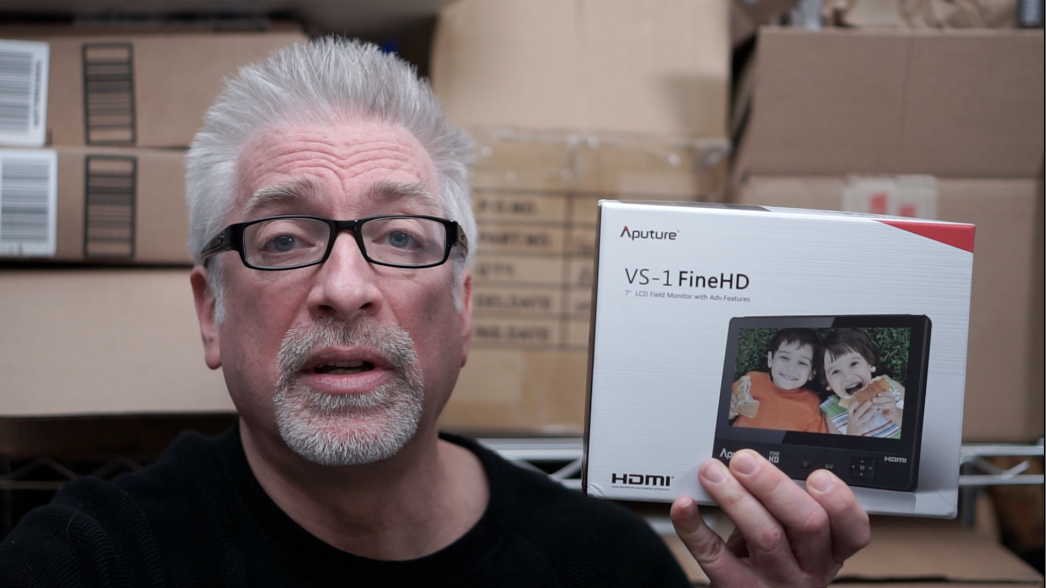The New Sony APS-C Flagship: a6300
Let’s cut to the chase: this is a fascinating and compelling upgrade with four key areas of enhancement – and a new $1,000 price tag.
The new sensor is still 24 megapixels and is not back side illuminated. But with changes to the wiring and enhanced circuitry, this little pup now boasts internal 4K recording (up to 30p) without pixel binning at up to 100Mbps bit rate; 120fps in full HD; a purported 14 stops of dynamic range using S-Log3; and about one stop more light sensitivity (top ISO now rated at 51200).
The new autofocus relies on a staggering 425 phase detect AF points, resulting in what is purported to be the fastest autofocus anywhere, at .05 seconds.
The viewfinder resolution has been restored to 2.4 megapixels, but with the ability to display images up to 120fps, Sony claims they’re getting into DSLR levels of viewfinder performance. Add improved zebras and gamma assist and it’s clear (pun intended) that Sony is very, very serious about this camera.
Ergos and robustness including better dust and moisture resistance, a “reinforced lens mount structure” (yeah, baby!), a mic line in, and improved shutter release and mode dial round out top line improvements.
This looks like the camera I was waiting for.
New G-Master Lenses: FE 24-70mm f/2.8 GM, FE 85mm f/1.4 GM and FE 70-200mm f/2.8 GM
Many people have been waiting for Sony’s answer to Canon’s venerable 24-70mm f/2.8L II USM and 70-200mm f/2.8L II USM . Now they have it – along with the answer to the less frequently requested Sony version of the renowned, $1,999 Canon 85mm f/1.2L II USM
While Sony’s $2,198 FE-24-70 f/2.8 GM is a bit pricier than the $1,799 Canon and their $1,798 FE 85mm f/1.4 GM is a little less expensive than Canon’s 85mm f/1.2 (the FE 70-200mm f/2.8 GM is not yet priced), they’re in the pricing ball park. What’s less obvious is that Sony is aiming to knock Canon out of the ring with superior autofocus speed, silence and resolution: these lenses appear to be a generation faster and quieter than Canon’s current L glass.
This is big.
We got to play with the 24-70mm f/2.8 and 85mm f/1.4 on a Sony a7R II, along with a pre-production version of the a6300. Because the a6300 was not final release, we weren’t able to download our images and because they were tethered, I really couldn’t get a feel for it.
What I can say is that these three are rock solid, easy in the hand -- and as heavy as I've come to expect given Sony's 90mm f/2.8 Macro.
Disappointments? They don't have the awesome auto/manual focus of Sony's FE PZ 28-135 zoom, one of my favorite lenses of 2015. But I can live with that.
Here are selected shots we took with the a7R II and the two lenses:











































